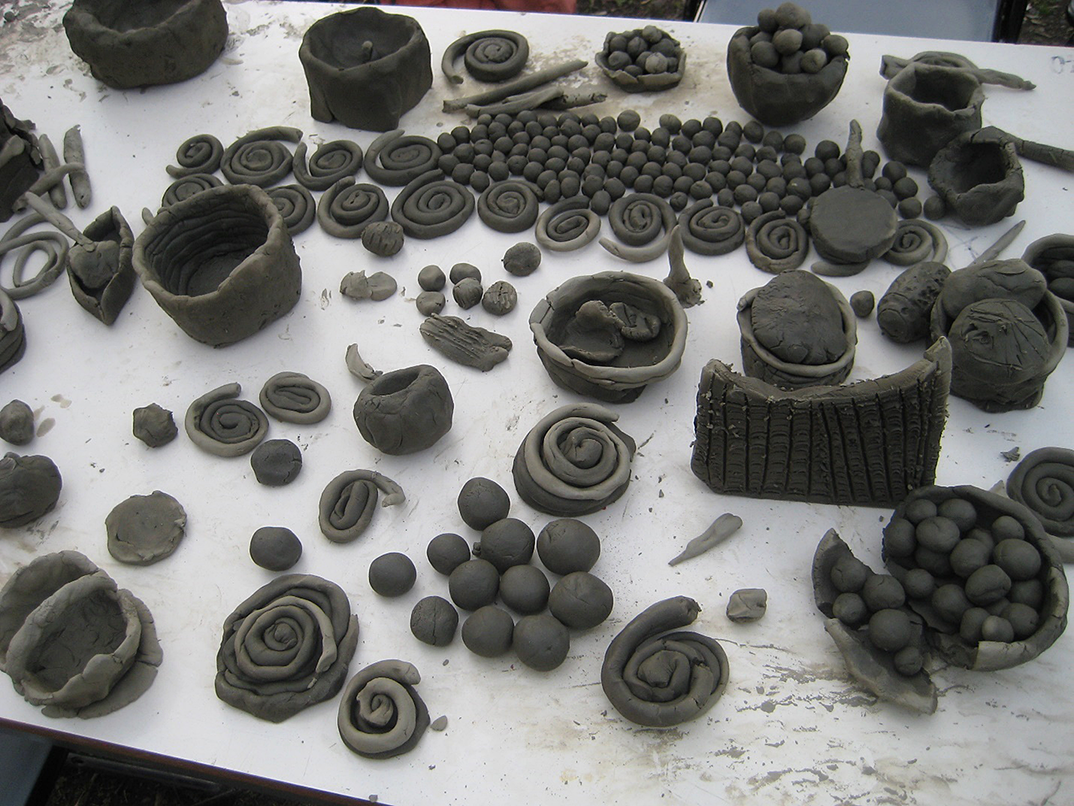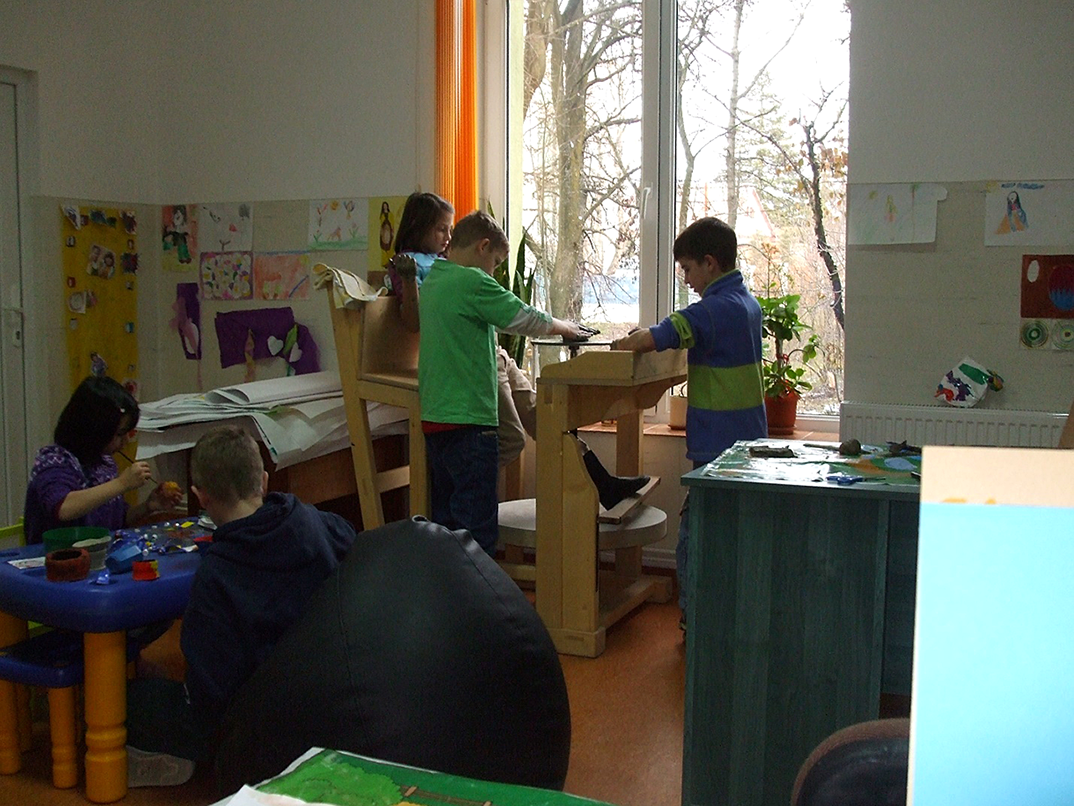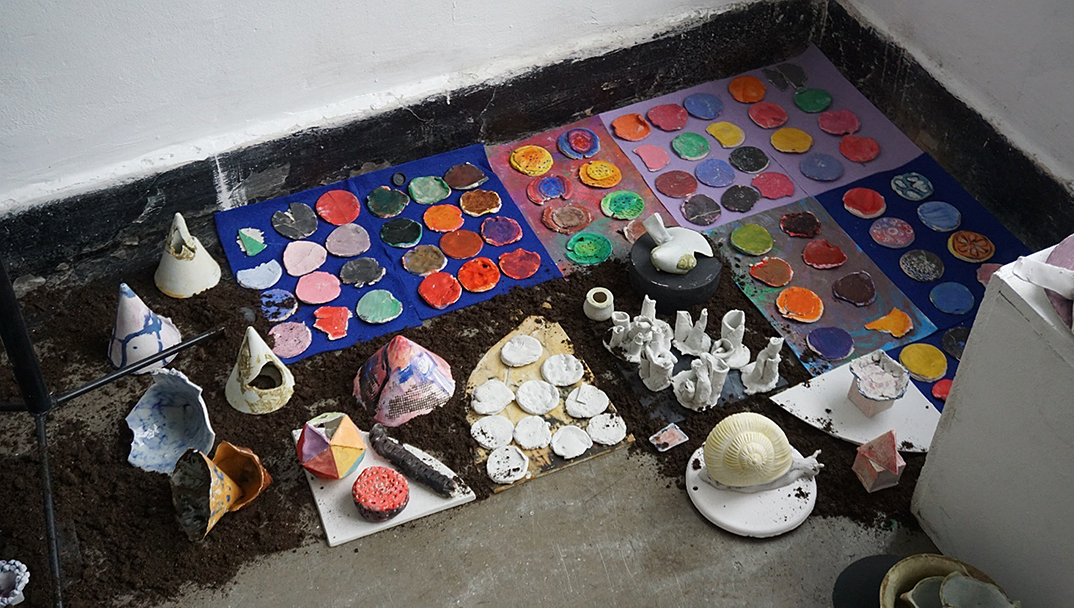No CrossRef data available.
Article contents
Con?icted Identities and Art Therapy: Practices and Case Studies in Kolozsvar/Cluj-Napoca, Romania
Published online by Cambridge University Press: 01 September 2022
Abstract
. Cluj-Napoca in Transylvania, Romania, has a historically multiethnic population who maintain their language-based cultural identities. In order to harmonize interethnic relations in our multicultural society, art-therapeutical methods depend on the need to establish a sensitive relationship between the cultural horizon of individuals, thus increasing self-confidence, tolerance, resilience.

The objectives are : to develop social skills, which facilitate the social and professional integration of children and adolescents belonging to ethnic groups living together, including those with disabilities.


Clinical art therapy have unfolded within interdisciplinary teams: a neuropsychiatry doctor, a psychologist, a pedagogue, a social worker, an art therapist– each one having a specialized role. A medical project was transformed into an artistic project: E xperimenting with complex relationships: shape of the human body – shape of man-made objects and the creation of personal shapes conduct to harmonize interethnic relations in a multicultural place.
Focus on several objectives: - practicing the abilities to express one’s feelings - the consolidation of self-respect and of confidence - the training of empathy - the development of personal problem and conflict solving strategies -the breaking through the emotional blockages - the improvement of cognitive abilities -the release of tension, frustrations, anxieties, stress -the development of social skills
Benefits arise from experiences based in artistic creativity: materializing ideas and coping with unexpected outcomes.
No significant relationships.
Keywords
- Type
- Abstract
- Information
- European Psychiatry , Volume 65 , Special Issue S1: Abstracts of the 30th European Congress of Psychiatry , June 2022 , pp. S549 - S550
- Creative Commons
- This is an Open Access article, distributed under the terms of the Creative Commons Attribution licence (http://creativecommons.org/licenses/by/4.0/), which permits unrestricted re-use, distribution, and reproduction in any medium, provided the original work is properly cited.
- Copyright
- © The Author(s), 2022. Published by Cambridge University Press on behalf of the European Psychiatric Association



Comments
No Comments have been published for this article.